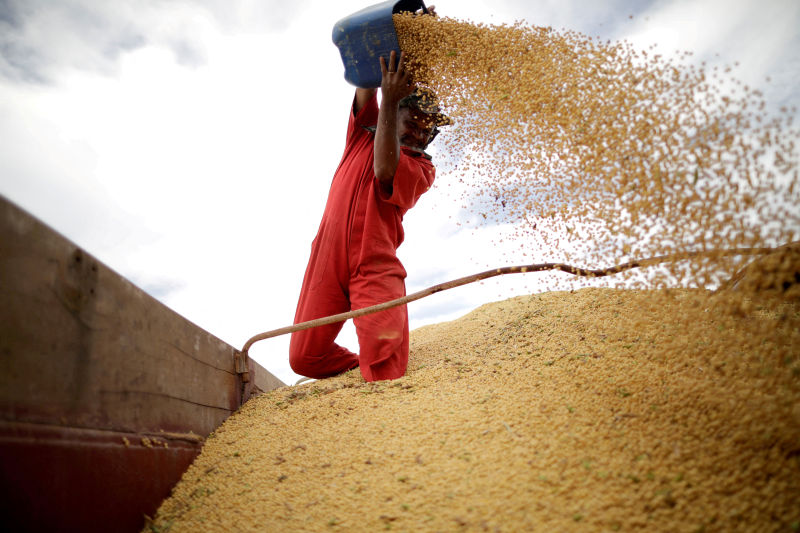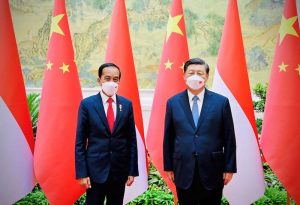Troublesome La Niña weather patterns are hitting soybean farms in South America, positioning US farmers to do bigger business with China despite the countries’ ongoing trade tensions.
Decent November rains in Argentina weighed down Chicago futures at that time as traders assumed La Niña was overhyped.
However, dryness has set in for southern Brazil and Argentina and conditions have taken a dramatic turn in the past couple of weeks.
Pre-planting soil moisture in both Argentina and southern Brazil were better than in the previous year, which also featured a moderately strong La Niña.
Beans in Bad Shape
The situation in Paraná, Brazil’s No. 3 soybean state, is perhaps most alarming. Only 30% of the crop is considered in good shape this week, down from 57% two weeks prior and 92% four weeks prior. Some 31% of the soybeans are in bad shape.
China in the week ended December 23 bought its smallest 2021-22 US soybean volume since July.
However, the window might not be sealed pending Brazil’s southern losses, but any US opportunity to China may not be immediate.
Mato Grosso, Brazil’s top soybean state, has already begun its harvest. Planting was efficient this year and weather was largely favourable. Big yields are expected.
Three of every four Brazilian soybean cargoes end up on Chinese shores, though only about 60% of Mato Grosso’s soybean exports head to the Asian country. In contrast, at least 90% of Paraná and Rio Grande do Sul shipments are China-bound.
US exporters in some recent years have sold in excess of 3 million tonnes of soybeans to China in the second half of the marketing year, though business with other buyers can also increase during this time if trouble persists in South America.
- Reuters with additional editing by George Russell
READ MORE:
China set to OK genetically modified maize and soybean crops
Brazilian Food Company BRF Plans China Expansion
China grabs French and Canadian barley as pig herd grows again
























